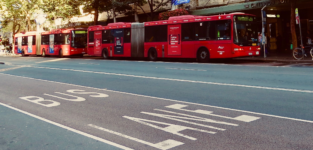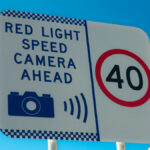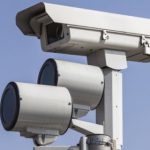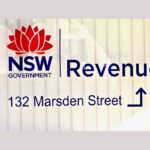What Are the Rules and Penalties for Driving in a Bus Lane in NSW?

Driving in the bus lane can be tempting, especially for drivers and indeed riders who are in a hurry and want to avoid traffic.
But what are the rules when it comes to travelling in a bus lane in New South Wales?
Some may be surprised there are situations where you can drive in a bus lane, but only in certain situations and in particular lanes.
Know Your Lane
The Roads and Maritime Authority (RMS) makes clear there are three types of lanes relating to bus travel you need to be aware of: Bus Only Lanes, Bus Lanes (B Lanes) and T-way Lanes.
Bus Only Lanes are exclusively for the use of registered buses and coaches, marked with continuous white lines that separate them from general traffic lanes. No other vehicles are permitted to travel or stop in Bus Only Lanes, except authorised special purpose vehicles.
On the other hand, Bus Lanes (or “B Lanes”) are primarily designated for buses but are more tolerant of other vehicles such as bicycles, taxis, hire cars, motorcycles, and emergency vehicles using the lane.
Other vehicles are able to travel in the lane, but only up to 100 metres and only if they are turning into or out of a street (left or right) or are entering or leaving a property adjacent to the bus lane.
T-way Lanes are special lanes for authorised buses and service vehicles, which are clearly marked with a T-way sign. Only authorised vehicles are permitted in T-way lanes.
What may be the consequences of breaking the rules?
Violating the road rules when it comes to bus lanes can come with a hefty fine.
The penalties for violating the lane rules are outlined in regulations 154 (B Lanes), 154A (Bus Only Lanes) and 157-1 (T-Lanes) of the Road Rules 2014 (NSW).
For all three types of lanes, the maximum penalties for unauthorised driving in a lane are 20 penalty units or $2,200. These penalties apply only if the matter is dealt with in court; for example, if you ‘elect’ to contest the fine.
In reality, you’re much more likely to be issued with a penalty notice, also known as an on-the-spot-fine, and receive a demerit point penalty
At the time of writing, the fine is $344 and a penalty of one demerit point also applies.
Challenging a Fine
There are several possible defences to a fine received for driving in a bus lane in NSW. This can include circumstances such as stopping in the bus lane to avoid collision or dealing with a medical or other emergency. You may also be able to challenge a fine for driving in a Bus Lane (B Lane), if your actions were in compliance with the road rules.
If you believe there has been a mistake in issuing you a fine or there are other reasons that contributed to the offence that need to be considered, you can request a review.
However, you should be aware that the maximum penalties applicable in court may be a lot higher than the fine you were issued, and you may even be liable for the other side’s costs if you lose and, in the case of a criminal infringement notice, a conviction being entered in your criminal record.
It should be noted that a criminal conviction will not be recorded against your name through being issued with a fine; only a court can give you a criminal record.
Going to court for a traffic offence?
If you are going to court for a traffic offence, call or email Sydney Criminal Lawyers anytime to arrange a free first consultation with an experienced, specialist traffic lawyer who will accurately advise you of your options, the best way forward, and fight for the optimal outcome in your specific situation.






